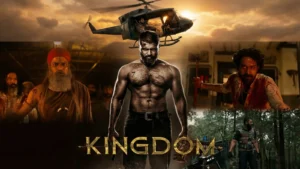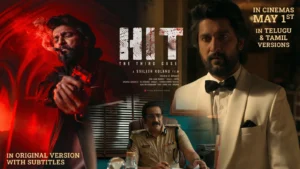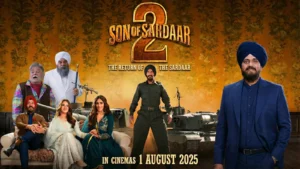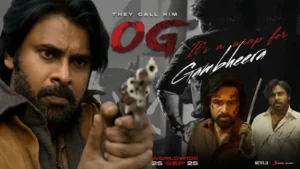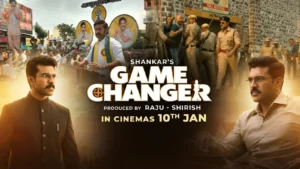Watching four movies in a single day is either an act of pure cinephile devotion or the kind of madness only a long weekend can justify. For me, that day became a cinematic marathon: Thunderbolts* first, then Raid 2 – both of which I already reviewed – followed by the newly released Hindi film The Bhootnii and finally Surya’s highly anticipated Retro. And it’s Retro I want to focus on here, because what I experienced that night deserves its own detailed, honest, and layered discussion.
Usually, I am that person who walks into theaters alone without hesitation – one movie, two movies, sometimes three in a row. But this day was different. It was a holiday, and for the first time, my friends insisted they’d join me for everything. At 8 PM we entered the theater for The Bhootnii. The film ended at 10:30, we stepped out for barely ten minutes, walked around aimlessly, and then returned to the exact same screen, the exact same seats, because Retro was scheduled to begin at 10:30 on the same screen immediately after The Bhootnii’s show ended.
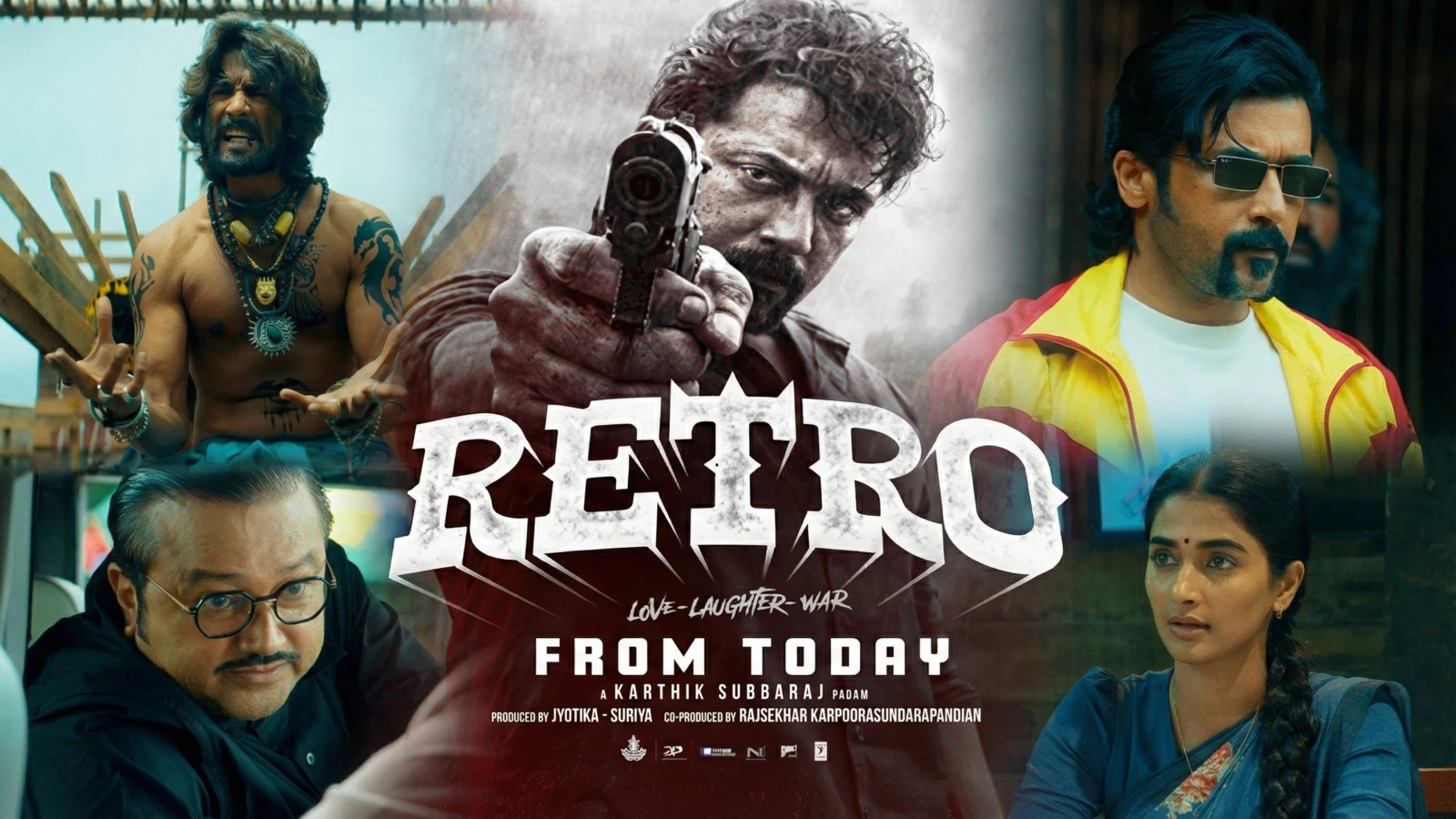
My friends had no idea what they were getting into. After watching the teaser and trailer, I already sensed that The Bhootnii was going to be full-on nonsense. I knew they’d blame me later. I thought Retro would save their mood. Ironically, what followed was the exact opposite.
Karthik Subbaraj’s Ambition Is Clear – But So Is the Overlength
Karthik Subbaraj is a director whose style I genuinely admire. I have seen Thandhiram and Jigarthanda Double X, and he has a gift for merging music and visual language in a way that feels alive, textured, and distinct. Retro carries that signature. The color palette, the composition, the energy – everything visually screams “Karthik Subbaraj.”
But my god, this movie is long. Saying “long” is an understatement. Retro started at 10:30 PM and ended at 1:30 AM. A 2-hour 50-minute film that feels even longer because of its pacing. The word “stretched” doesn’t do justice to how extended and repetitive it feels.
And it’s surprising, because the film actually opens brilliantly.
- Karthik Subbaraj’s Ambition Is Clear – But So Is the Overlength
- A Spectacular Opening Sequence That Sets the Bar High
- The Life and Conflict of Surya’s Character
- A Love Story Caught in an Endless Loop
- A Twist That Comes Too Late – But Impresses Briefly
- Editing – The Silent Culprit Behind the Film’s Exhaustion
- Subbaraj’s Style: A Strength and a Weakness
- The Hindi Dub – A Major Blow to the Experience
- Final Verdict
- Related Movie Reviews
- Rate this movie
A Spectacular Opening Sequence That Sets the Bar High
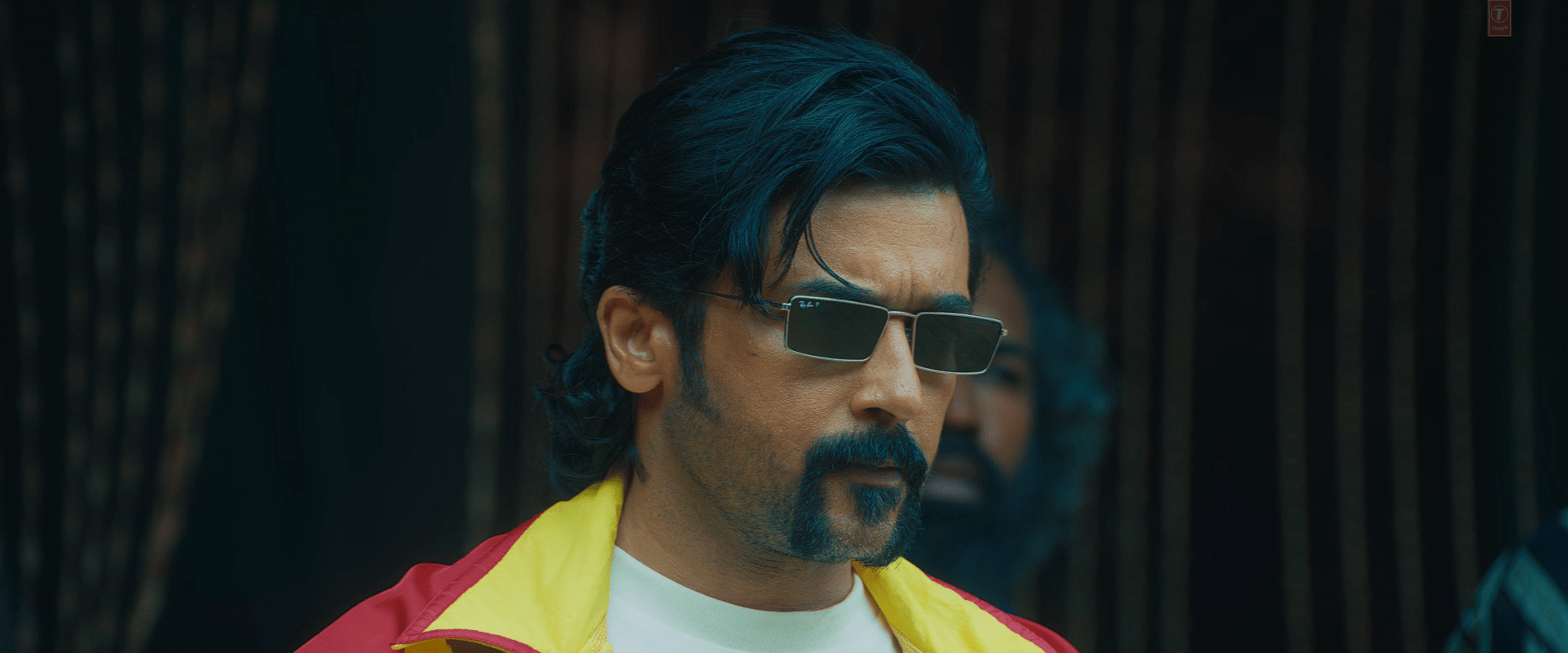
The film begins with a wedding sequence featuring Surya and Pooja Hegde. The venue is magnificent – grand sets, atmospheric lighting, and an entire ensemble moving with purpose. Subbaraj uses long, ambitious takes here. We begin at the wedding stage, glide to the dance floor, circle around multiple times, climb to the rooftop, and come back down. It’s not a single continuous take – you can almost spot the stitch points cleverly hidden behind pillars – but the craft is commendable.
For 10–15 minutes, the film builds a mood of anticipation and tension. You feel like something significant is brewing beneath the celebrations. The payoff of this opening is satisfying and sets up the emotional tone of the story beautifully.
These first minutes mislead you into thinking you’re about to watch something tightly crafted.
Unfortunately, that confidence slowly fades.
The Life and Conflict of Surya’s Character
We soon dive into Surya’s character arc – a journey filled with tragedy, violence, and destiny. Born with a trishul-shaped mark (or leaf-like scar) on his stomach, he carries a symbolic weight from birth. His father is mute and dies early. He is adopted by another woman, who nurtures him but eventually passes away. Her husband never accepts him… until one day, after witnessing Surya fight in a train, he proudly says, “You’re my son.”
Surya grows up as a feared and respected fighter. But life changes when he reconnects with his childhood love, played by Pooja Hegde. For her, he wants to leave the world of crime. But the complications begin when he refuses to reveal the location of a major consignment he once hid. His adoptive father demands the information, the gang wants it, and politics swirl around him.
Meanwhile, his lover is furious – every time he promises to quit violence, he ends up beating someone again.
A Love Story Caught in an Endless Loop
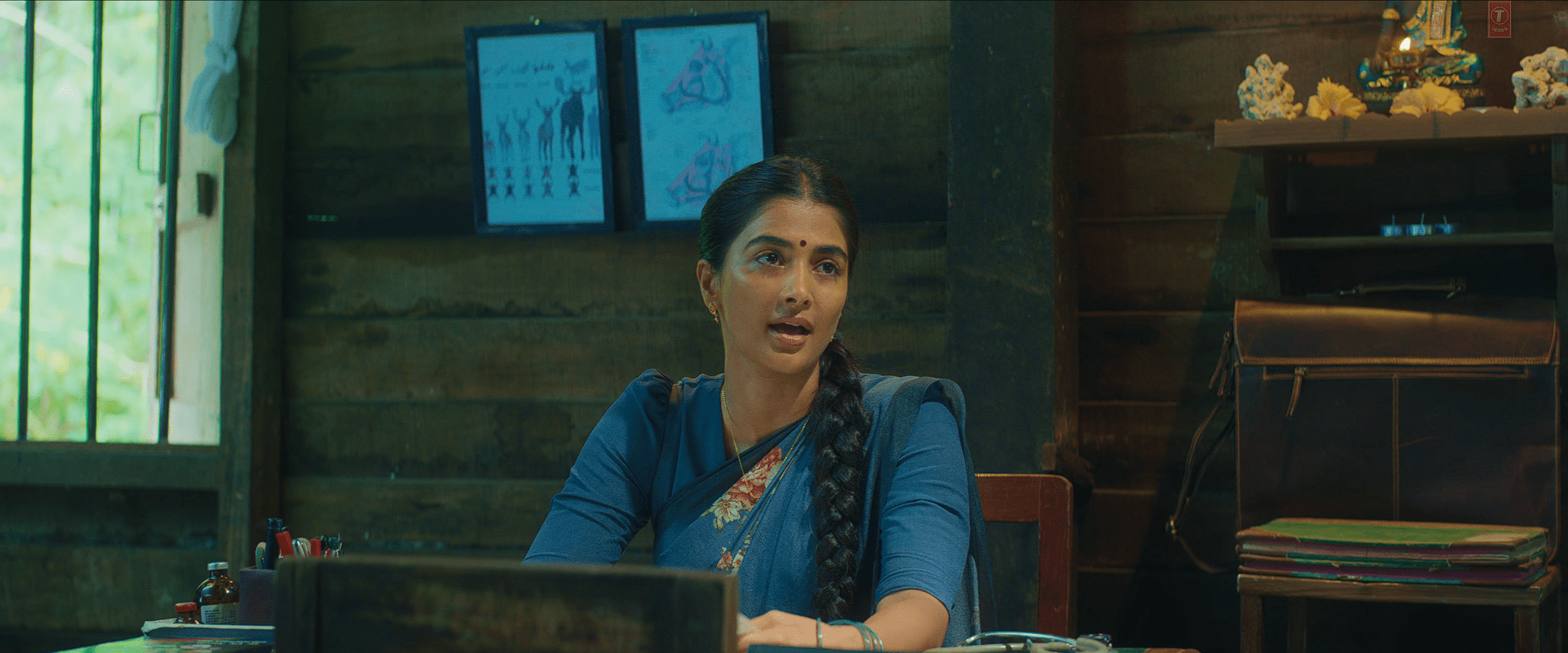
For a large portion of the film’s nearly three-hour runtime, Retro becomes a repetitive cycle:
He convinces her → She forgives him → He hits someone → She gets angry → Repeat.
This loop goes on for so long that the emotional stakes lose steam. Watching it play out is like viewing a 10-minute sequence where 1 minute is engaging and the remaining 9 minutes feel like déjà vu. Characters evolve in circles instead of arcs.
By the time the clock struck nearly 1 AM, my brain felt fried. I looked around the theater and saw people making gestures – hands slicing across throats – basically saying, “Bro, enough. End it. Please.” Even the character Waman chasing the heroine started to feel like a metaphor for the film: running endlessly without reaching anywhere.
A Twist That Comes Too Late – But Impresses Briefly
Just when you think the film is stuck in a loop forever, it hits a major twist. A genuinely clever one. The narrative shifts from pure love-story mode into something far more intricate. The film uses callbacks to earlier scenes – visual clues, moments you didn’t realize had significance – and ties them into this new thread.
For a moment, I thought the movie would end on a high note. This twist had the energy and intelligence that the earlier parts lacked.

But then Subbaraj pushes the film further, and the same problem re-emerges:
It is simply too long. The final 30 minutes continue the same stretchiness that plagued the earlier 2.5 hours.
Editing – The Silent Culprit Behind the Film’s Exhaustion
With whatever little knowledge I have as a viewer, I genuinely believe that editing could have saved Retro. Not the story. Not the performances. Not the music. Just the pacing.
Scenes that add no information, no emotion, no style – scenes that are neither interesting nor necessary – are kept intact. The journey from plot point A to plot point B often takes unnecessary detours. Entire sequences could have been shorter, snappier, or removed entirely.
And this hurts even more because Retro actually touches powerful themes:
– finding one’s purpose, “why are you here”
– the idea of whether a man can change his core nature for love
– parallels to Shri Krishna’s life, including references to Kans mama
All of this could have formed the backbone of a brilliant film.
Instead, they get buried under repetition.
Subbaraj’s Style: A Strength and a Weakness
The film’s visual identity is stunning. The colors pop. The costumes have character. The production design is first-rate. The music blends into scenes with Subbaraj’s trademark flair.
But sometimes directors fall too in love with their own vision, unable to see when a scene overstays its welcome. That is the central issue with Retro. The very style that should elevate the storytelling ends up dragging it down.
Even filler scenes are treated with the same dramatic intensity, making the film feel overwrought.
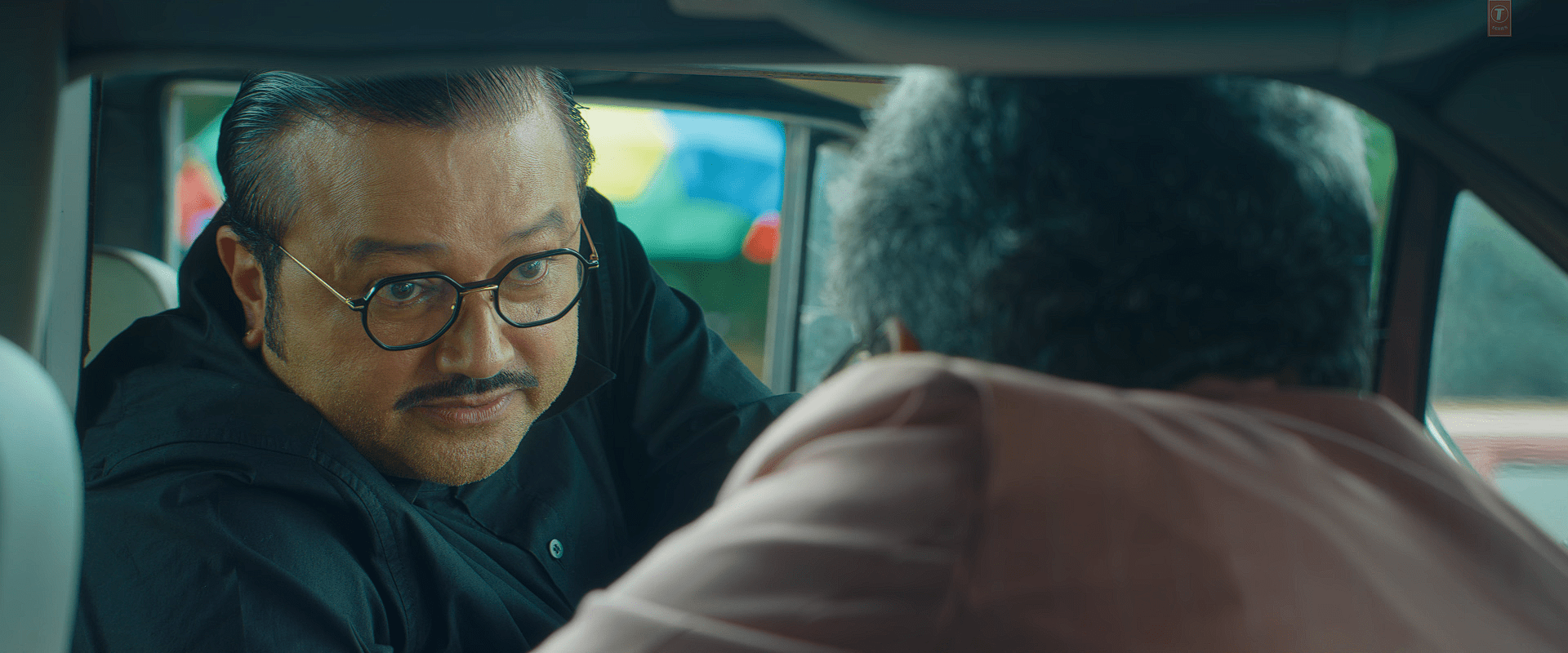
The Hindi Dub – A Major Blow to the Experience
I watched Retro in Hindi. And that was another big drawback.
Dubbing cannot recreate the emotional texture of a performer’s original voice. It dilutes impact, timings, and atmosphere. The background score is excellent, but whenever the songs had lyrics or characters were dancing, they were unnecessarily translated into Hindi.
Only a few retro tracks were kept in their original language, and those moments instantly felt more authentic.
Imagine Surya and Pooja Hegde performing beautifully choreographed moves, elegant, fluid… but the song you hear is a stiff Hindi translation. The mismatch kills the vibe.
By the end, many people exiting the theater were loudly complaining: “Bro, what did they make?”
And I honestly couldn’t disagree.
Was I Just Tired After Four Movies? No. The Audience Felt the Same.
Initially, I gave the benefit of the doubt to my exhaustion. Maybe Retro felt long because it was my fourth movie of the day. But when 20–25 other audience members, all fresh, were reacting the same way, it became clear: It’s not us. The film truly is that stretched.
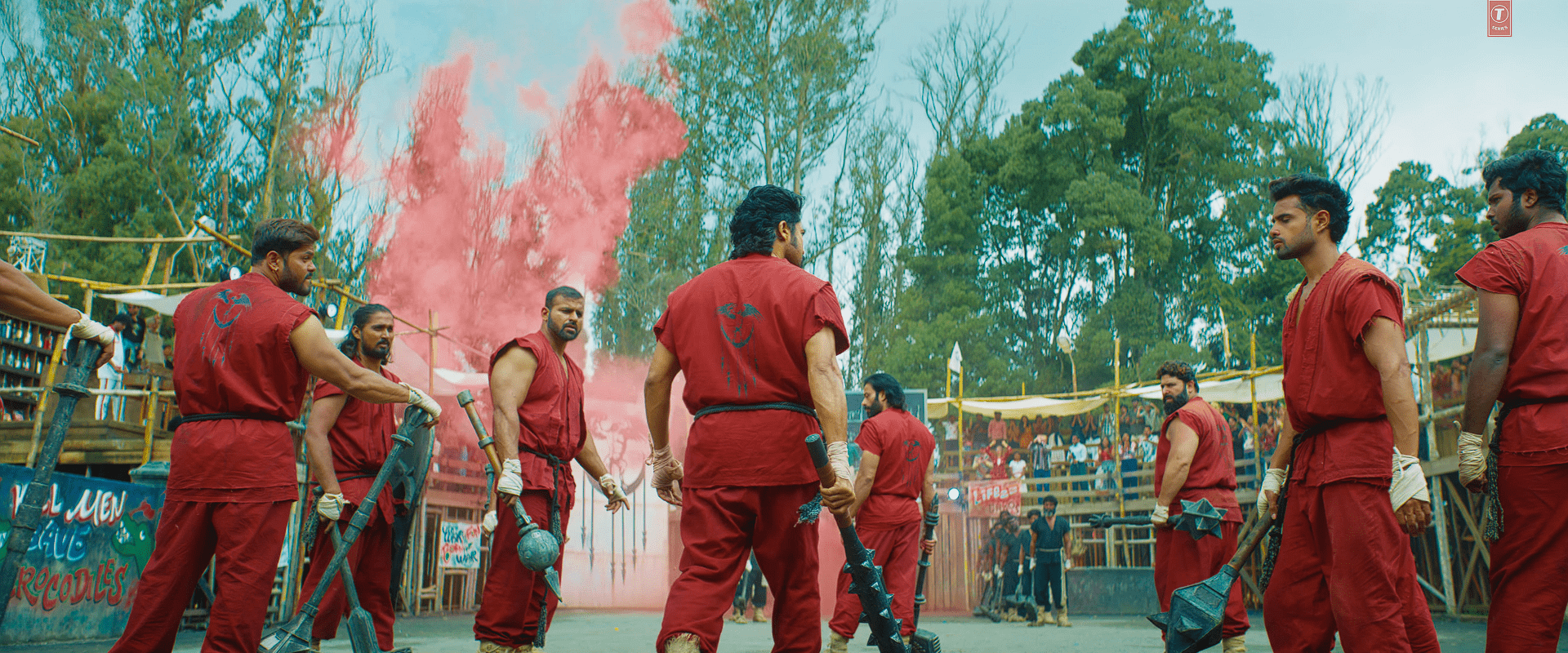
I wanted to watch Hit: Part 3 next, but sadly, it wasn’t available anywhere in my city.
Final Verdict
Retro is a film with immense potential – great themes, strong performances, stunning visual craft, solid music, and a terrific opening sequence. But the overlength and repetitive structure drain the energy out of the narrative. What could have been a gripping, emotional, and stylistically bold drama becomes an exhausting three-hour loop.
Rating: 2/5
A beautiful film trapped inside an overlong and overindulgent one.



